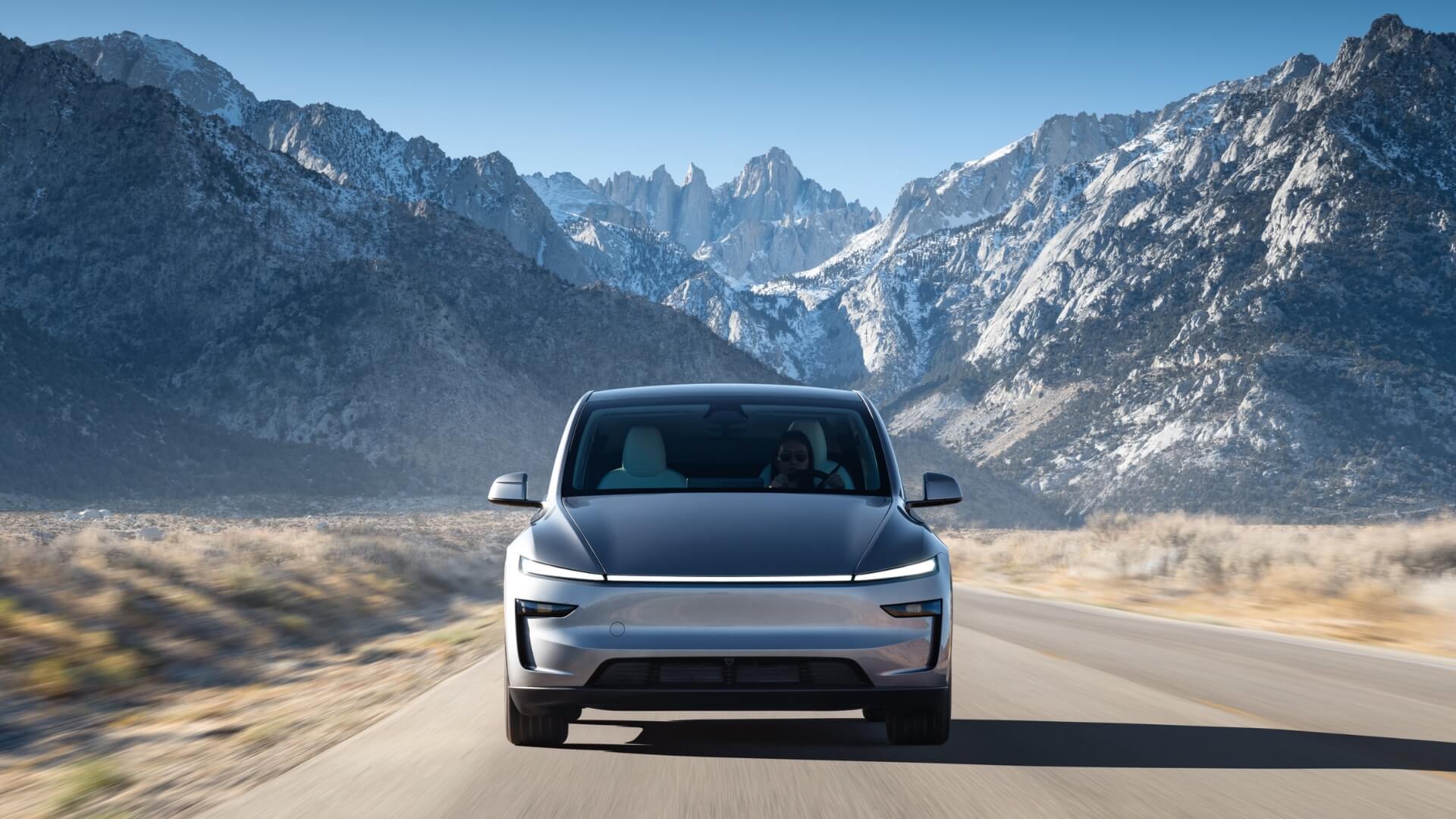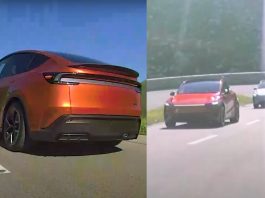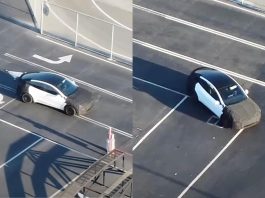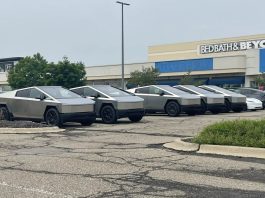Tesla’s Model Y is the best-selling car in the world. When Tesla decided to release a new version, known as ‘Juniper,’ with the promise to be more efficient and offer better ride comfort and a slightly revised look, expectations were rather high.
To prove Tesla’s claim of the efficiency improvement in the new Model Y Long Range AWD, YouTuber Out Of Spec conducted the range test at speeds of 70 mph with both the old model and the new version. The cars were used until they could no longer function under those conditions of operation. The results? Most are somewhat more complex than Tesla wanted or intended them to be.

A New Look and Feel
The Juniper refresh isn’t revolutionary. There have been minor updates on the exterior, as it has assumed a slimmer design for better aerodynamics, and on the interior, as it has adopted quality material, lighting, and a much better ride than the previous Model Ys—a major issue with most Model Ys. Tesla has also not been idle in refining details, which involves software and also improving the efficiency of the drivetrain.
But the headline figure was range: Musk claimed that the new Model Y is “up to 10% more efficient,” which means it should go further on a full charge. The latest EPA now puts the range at 327 miles on a full battery—that is an improvement from the previous Model Y’s 310.
Real-World Test: Range vs. Efficiency
Out Of Spec’s 70-mph range test, which is made under very adverse conditions, with winds blowing at 20-30 mph, makes it apparent that the new Model Y indeed traveled farther. It goes up to 298 miles before it shuts down totally, while the 2024 model was able to achieve only 285 miles.
Nonetheless, whenever efficiency is discussed in terms of the distance per kilowatt-hour that is vital for EVs, it is evident that the older Model Y has a higher value. Both vehicles had an approximate fuel consumption of 3.7 miles per kilowatt-hour; however, the 2024 model was slightly better in that aspect. However, Out of Spec noted that generalization is still valid, especially in light of the differences recorded in the test’s wind conditions as well as the test variation.
Surprisingly, a fresh Model Y had slightly more available energy, indicating that the equivalent battery pack was capable of delivering more mileage to the cars. That, plus some subtle aerodynamic and tire-related changes, likely accounts for the extra range. Also, check out how a Tesla owner powers his car with the sun using a 1,000-watt solar setup.
Tesla Owner Powers His Car with the Sun Using 1,000-Watt Solar Setup
Is 10% Just Marketing?
That means that the new Model Y is more efficient by 10%, and this is by far the key message. Not quite. At least, not in highway driving. What is left seems to be situation-dependent on the manner of driving, setting, or possibly the kind of driving to undertake. It would be interesting to see whether or not these efficiency changes are most prominent in city commutes, in which regenerative braking and lower speeds are handy.
However, on the road, where the augmented coefficient of aerodynamic drag and energy efficiency is proportional to the battery, the distinction is not sharp.



